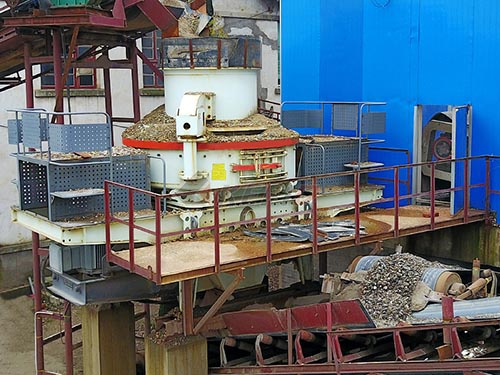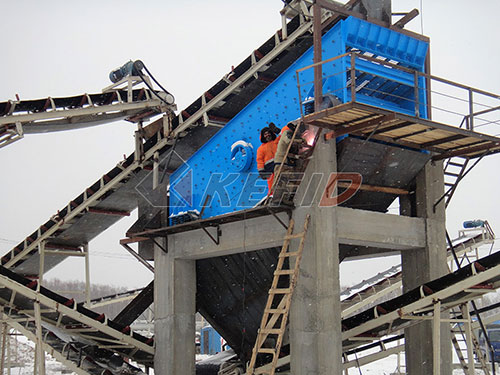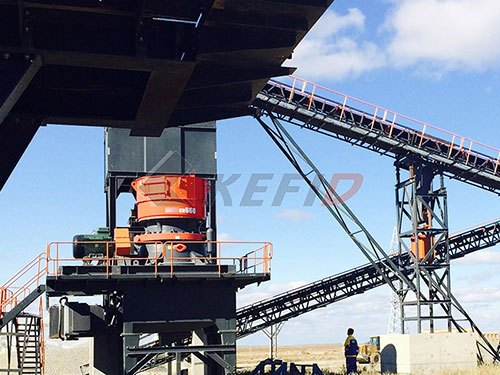The Unsung Hero of Industrial Recycling: Demystifying the Slag Crusher
Slag – a seemingly unremarkable byproduct of high-temperature metal production processes like smelting and refining – often evokes images of waste heaps and environmental burdens. Yet, within this coarse aggregate lies significant latent value waiting to be unlocked. Standing at the critical junction between waste management and resource recovery is a robust piece of machinery fundamental to modern sustainable industry: the Slag Crusher. Far more than a simple brute-force device, this specialized equipment plays a pivotal role in transforming discarded slag into valuable secondary raw materials essential for construction and manufacturing economies worldwide.
Understanding Slag: More Than Just Waste
Before delving into the crusher itself, appreciating its feedstock is crucial. Slag forms when fluxing agents (like limestone or dolomite) react with impurities in metal ores or scrap during high-temperature processing in blast furnaces (ironmaking), electric arc furnaces (steelmaking), copper smelters, or lead/zinc refineries.

Composition: Primarily composed of silicates and alumino-silicates combined with oxides of calcium, magnesium, iron, aluminum, manganese (in steel slag), sulfur compounds (in some non-ferrous slags), and trapped metallic components.
Characteristics: Freshly produced slag is molten lava-like material rapidly cooled using various methods:
Air-Cooled: Solidified slowly in air pits or ladles; results in dense crystalline rock-like material.
Granulated: Quenched rapidly with high-pressure water jets; forms sand-sized glassy particles.
Pelletized/Pexpanded: Modified cooling processes create lightweight aggregates.
The Challenge: Air-cooled slag emerges as large chunks or massive lumps – often exceeding several feet in diameter – interspersed with fines and metallic inclusions (“tramp metal”). This heterogeneous mix requires significant size reduction before it can be effectively separated magnetically for metal recovery and processed into usable aggregate fractions suitable for applications like road base construction or cement manufacture.
Enter the Slag Crusher: Purpose-Built Power
The primary mission of a slag crusher is clear: efficiently reduce large chunks of air-cooled slag into smaller fragments suitable for further processing stages like screening and magnetic separation while handling its uniquely abrasive nature effectively.
Why Standard Crushers Often Fall Short:

1. Extreme Abrasiveness: Slag contains hard mineral phases like magnetite (Fe3O4) and

Leave a Reply